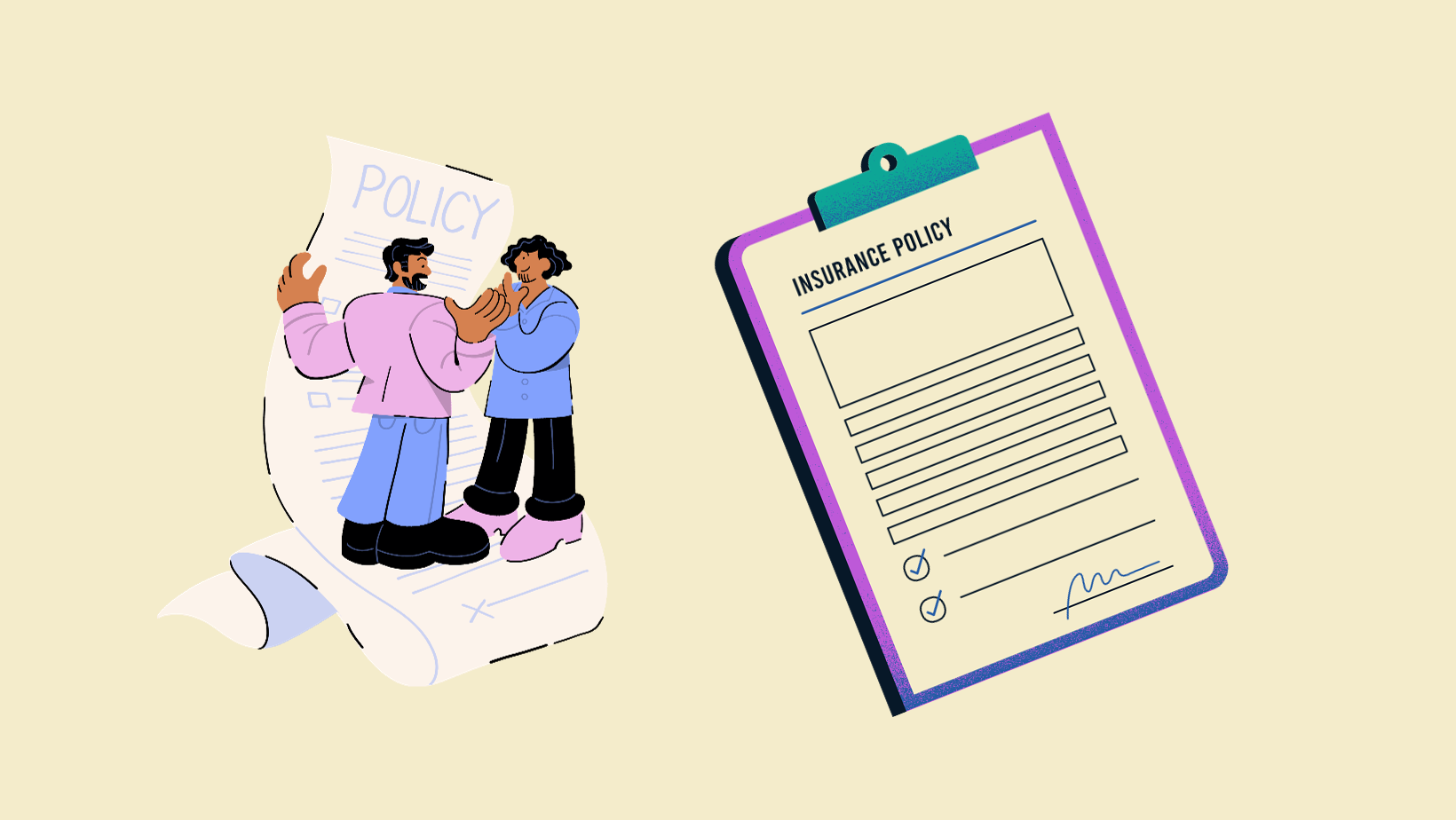Introduction
Picking the Ideal Life Insurance Policy: A Comprehensive Guide
Life insurance is an indispensable financial asset, offering individuals and their loved ones a profound sense of security and peace. It serves as a critical means to ensure that your family’s financial needs are comprehensively addressed in the event of your untimely demise. However, the task of selecting the optimal life insurance policy can be quite daunting, given the vast array of options available in today’s market. It requires careful consideration of your financial goals, family’s needs, and your individual circumstances. In this comprehensive guide, we will walk you through the essential steps to help you make an informed decision when selecting the right life insurance policy.
I. Understand Your Financial Goals and Needs
The first and most crucial step in choosing the right life insurance policy is to understand your financial goals and the needs of your family. Life insurance is not a one-size-fits-all solution, and the policy you select should align with your unique circumstances. Some crucial things regarding this are as follows:
1.1. Financial Goals:
Determine your short-term and long-term financial objectives. Are you looking to provide for your children’s education, pay off your mortgage, or ensure your spouse’s financial security after your passing?
Consider your retirement plans and how life insurance fits into your overall financial strategy.
1.2. Family Needs:
Evaluate your family’s current and future financial needs. Take into account your family’s lifestyle, outstanding debts, and potential expenses.
Consider factors like your spouse’s income, your children’s ages, and any special needs that may require financial support.
II. Types of Life Insurance Policies
Life insurance comes in various types, each with its own features and benefits. Understanding the different options is crucial in choosing the right policy:
2.1. Term Life Insurance:
Term life insurance extends financial security for a defined timeframe, which can range from 10 to 30 years, offering flexibility to meet various needs.

It extends a lifeline of financial support to loved ones in the unfortunate event of the insured’s passing during the predetermined policy term.
Term life insurance stands out for its affordability in contrast to other insurance variants, yet it’s important to note that it does not amass any cash value over time.
2.2. Whole Life Insurance:
Whole life insurance is a permanent policy that covers you for your entire lifetime.
It seamlessly integrates a life insurance payout feature with a cash accumulation component that appreciates in value over the years.
Premiums are typically higher than those of term life insurance but remain level throughout the policy’s lifetime.
2.3. Universal Life Insurance:
Universal life insurance is a flexible permanent policy that allows you to adjust both the death benefit and premium payments.
It offers an investment component, and policyholders can accumulate cash value that can be used for various purposes.
2.4. Variable Life Insurance:
Variable life insurance offers an investment component where policyholders can choose how their premiums are invested.
Cash value and death benefits are not guaranteed and can fluctuate based on the performance of the chosen investments.
2.5. Final Expense Insurance:
Final expense insurance, also recognized as burial insurance, stands as a judicious and budget-friendly insurance solution meticulously structured to furnish comprehensive financial safeguarding for the inescapable costs entailed in funerals and end-of-life arrangements, ensuring peace of mind for policyholders and their families.
It is typically easier to qualify for and requires minimal underwriting.
III. Assess Your Budget and Premiums
After identifying the most suitable life insurance plan to meet your requirements, it is essential to evaluate your financial situation and gain a comprehensive understanding of how premiums function. Premiums refer to the routine payments you are obligated to make in order to keep your life insurance policy active. Here are some considerations:
3.1. Affordability:
Review your monthly budget and determine how much you can comfortably allocate towards life insurance premiums.
Keep in mind that premiums vary based on factors like age, health, and the type and amount of coverage.
3.2. Premium Structure:
Different policies have different premium structures. Term life insurance usually has lower initial premiums, while permanent policies like whole life and universal life tend to be more expensive.

Some policies have level premiums that remain the same throughout the policy’s duration, while others may have increasing premiums over time.
3.3. Payment Frequency:
Determine your preferred payment frequency for your premiums: opt for annual, semi-annual, quarterly, or monthly payments based on your convenience.
Keep in mind that paying premiums annually or semi-annually may offer cost savings compared to monthly payments.
IV. Determine the Coverage Amount
The coverage amount, also known as the death benefit, is a critical aspect of your life insurance policy. It’s the amount paid out to your beneficiaries upon your death. Calculating the right coverage amount involves considering your financial obligations and objectives:
4.1. Income Replacement:
Calculate the requisite income necessary to sustain your family’s existing standard of living in the event of your passing.
Factor in expenses like mortgage payments, utility bills, education costs, and daily living expenses.
4.2. Debts and Liabilities:
Consider your outstanding debts, such as mortgages, car loans, credit card balances, and personal loans.
Ensure that your policy provides enough coverage to pay off these debts, preventing your loved ones from inheriting financial burdens.
4.3. Future Needs:
Anticipate future financial needs, such as college tuition for your children or funds for your spouse’s retirement.
A well-thought-out life insurance policy can help secure your family’s future goals.
V. Evaluate Your Health and Underwriting
Your health and medical history play a significant role in determining your eligibility for life insurance and the premiums you’ll pay. Life insurance companies assess your health through a process called underwriting:
5.1. Medical Exam:
Many life insurance policies require a medical exam to evaluate your overall health. The exam may include blood tests, EKGs, and a review of your medical history.
Ensure you’re prepared for the exam by staying hydrated and avoiding unhealthy habits in the weeks leading up to it.
5.2. Health Conditions:
Be honest about your pre-existing health conditions, as misrepresentation can lead to policy cancellation or denial of claims.
Some conditions may result in higher premiums, but it’s essential to disclose them accurately.
5.3. No-Exam Policies:
Some insurers offer no-exam life insurance policies, which do not require a medical exam. These policies may have higher premiums and lower coverage amounts.
VI. Compare Insurance Companies and Policies
Now that you have a clear understanding of your needs and budget, it’s time to compare different insurance companies and their policies. Here’s what to consider:
6.1. Financial Strength:
Conduct a comprehensive examination of the financial robustness and credit ratings of insurance firms, adhering to the highest standards of scrutiny. Look for companies with strong ratings from agencies like A.M. Best, Standard & Poor’s, and Moody’s.
A financially stable company is more likely to fulfill its financial commitments to policyholders.
6.2. Policy Features:
Compare the features and benefits of policies from different insurers. Pay attention to riders and add-ons that can enhance your coverage.
Look for policies that offer flexibility and options for customization.
6.3. Customer Service:
Read customer reviews and testimonials to gauge the quality of customer service provided by the insurance companies you’re considering.
Accessibility and responsiveness are essential when you need assistance with your policy.
6.4. Premium Quotes:
Request premium quotes from multiple insurers for the same coverage amount and type of policy.
Comparing quotes allows you to find the most competitive rates.
VII. Consider Additional Riders
Riders are add-ons that you can include with your life insurance policy to enhance its coverage. While the basic policy provides a death benefit, riders offer additional benefits for specific situations. Some common riders include:
7.1. Accelerated Death Benefit Rider:
This rider allows you to access a portion of the death benefit if you are diagnosed with a terminal illness, helping cover medical expenses and improving your quality of life.
7.2. Waiver of Premium Rider:
With this rider, your premiums are waived if you become disabled and are unable to work, ensuring that your coverage remains in force.
7.3. Child Term Rider:
This rider provides life insurance coverage for your children, often at a low cost, in case of their unexpected passing.
7.4. Long-Term Care Rider:
This rider allows you to use a portion of your death benefit to cover long-term care expenses if you require nursing home or home health care.
VIII. Review and Update Your Policy
Once you’ve selected a life insurance policy, your responsibilities don’t end there. It’s essential to periodically review and update your policy to ensure it continues to meet your needs:
8.1. Life Changes:
Life events such as marriage, the birth of a child, divorce, or a significant increase in assets should prompt a review of your policy.
These events may necessitate adjustments to your coverage amount or beneficiaries.
8.2. Beneficiary Designations:
Regularly review your beneficiary designations and make updates as needed. Ensure that your policy proceeds go to the intended recipients.
8.3. Policy Performance:
For permanent life insurance policies with a cash value component, monitor the performance of your investments and cash value growth.
Consider working with a financial advisor to optimize your policy’s cash value.
Conclusion
Choosing the right life insurance policy is a critical financial decision that requires careful consideration of your unique circumstances and objectives. By understanding your financial goals, assessing your budget, and evaluating your health, you can make an informed choice that provides security and peace of mind for you and your loved ones.
Remember that life insurance is not a one-time decision. As your life evolves, your insurance needs may change, making it essential to periodically review and update your policy to ensure it continues to serve its intended purpose. By following the steps outlined in this comprehensive guide, you can navigate the complexities of life insurance and select the policy that best suits your needs, providing a valuable safety net for the future.
